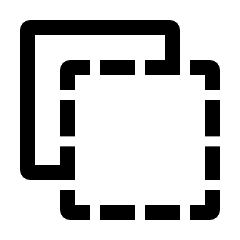Denoising Deep Monte Carlo Renderings
1Walt Disney Animation Studios, 2Disney Research
Computer Graphics Forum, 2019

A production scene (a) rendered as a deep noisy image (b), denoised using our method (c), and composited (d) with a deep volume. Our algorithm removes a significant amount of the input Monte Carlo noise, while preserving the depth separation of the deep image. (c) Disney
Abstract
We present a novel algorithm to denoise deep Monte Carlo renderings, in which pixels contain multiple color values, each for a different range of depths. Deep images are a more expressive representation of the scene than conventional flat images. However, since each depth bin receives only a fraction of the flat pixel's samples, denoising the bins is harder due to the less accurate mean and variance estimates. Furthermore, deep images lack a regular structure in depth---the number of depth bins and their depth ranges vary across pixels. This prevents a straightforward application of patch-based distance metrics frequently used to improve the robustness of existing denoising filters. We address these constraints by combining a flat image-space Non-Local Means filter operating on pixel colors with a deep cross-bilateral filter operating on auxiliary features (albedo, normal, etc.). Our approach significantly reduces noise in deep images while preserving their structure. To our best knowledge, our algorithm is the first to enable efficient deep-compositing workflows with denoised Monte Carlo renderings. We demonstrate the performance of our filter on a range of scenes highlighting the challenges and advantages of denoising deep images.
Video
Downloads & resources
- Publication:
Text Reference 
Delio Vicini, David Adler, Jan Novák, Fabrice Rousselle, Brent Burley. Denoising Deep Monte Carlo Renderings. Computer Graphics Forum, 2019.
BibTex Reference 
@article{Vicini2019Denoising,
author = {Vicini, Delio and Adler, David and Nov\'ak, Jan and Rousselle, Fabrice and Burley, Brent},
title = {Denoising Deep Monte Carlo Renderings},
journal = {Computer Graphics Forum},
year = {2019},
month = aug,
doi = {10.1111/cgf.13533},
volume = {38},
number = {1},
pages = {316-327},
publisher = {The Eurographs Association \& John Wiley \& Sons, Ltd.},
address = {Chichester, UK}
}